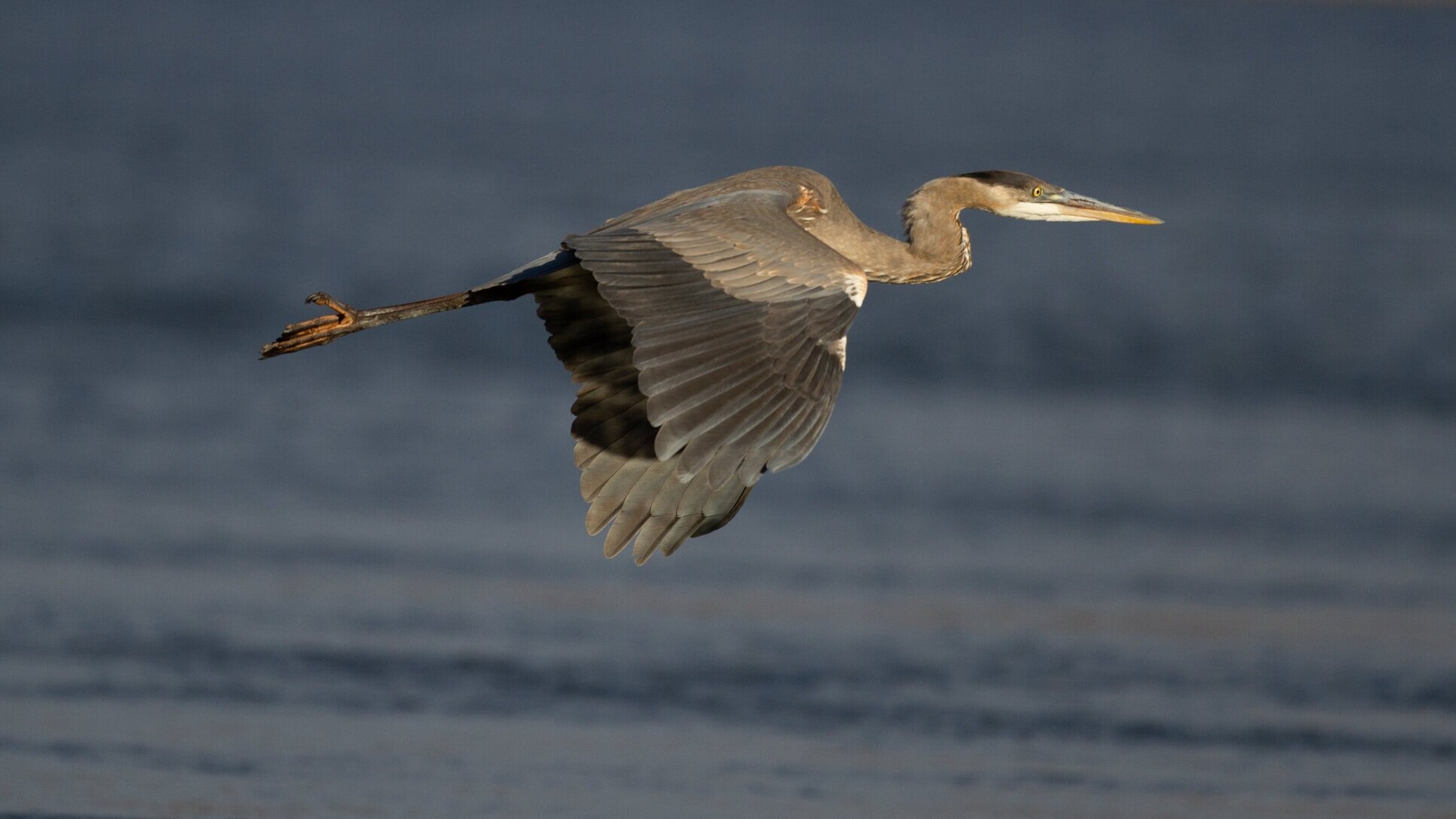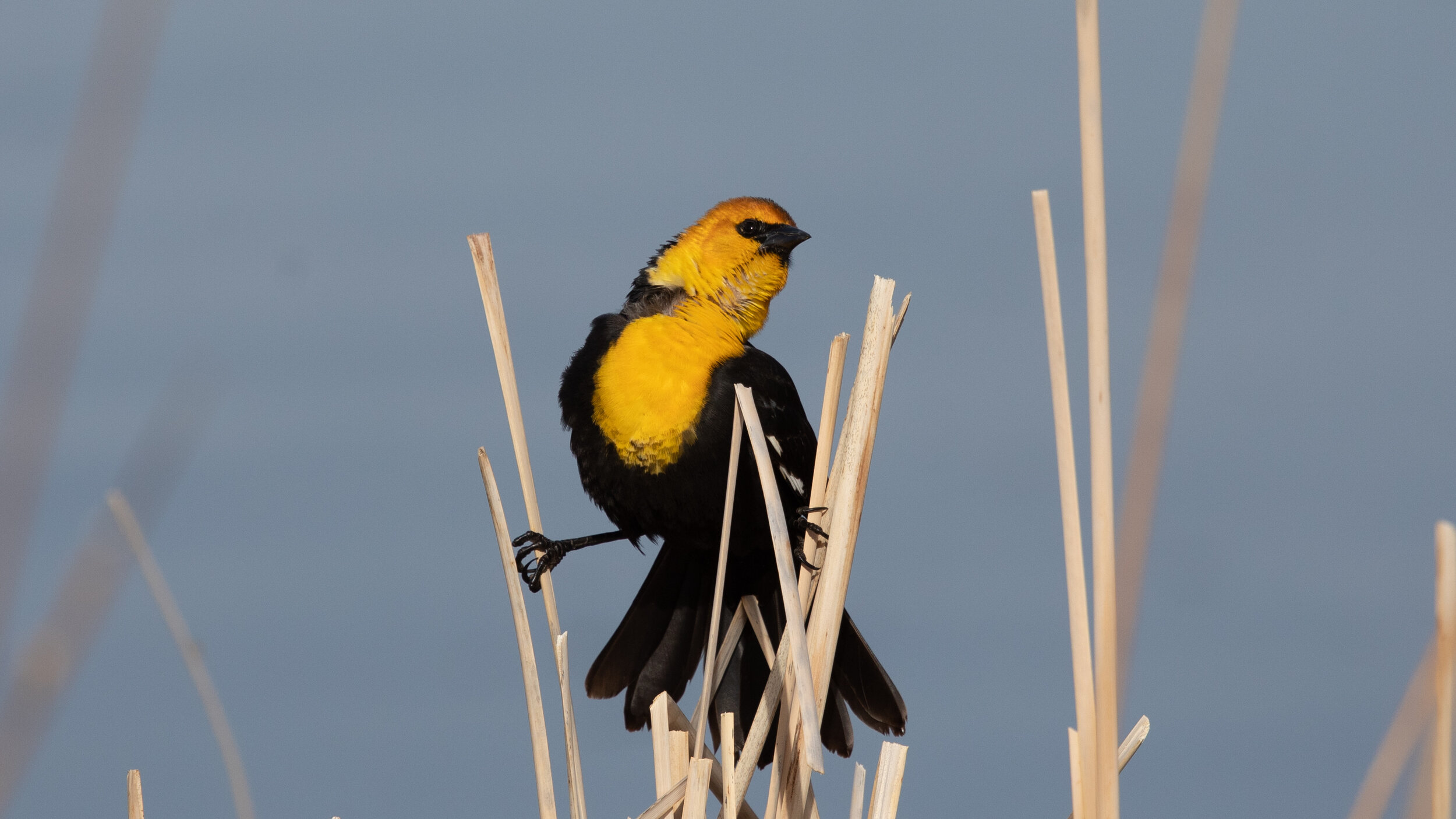East Boulder Creek Site Management Plan: YOUR Voice is Needed!
By Bev Baker, Suzanne Bhatt, and Lynn Merrill
Boulder County Parks and Open Space (BCPOS) is creating a management plan for the East Boulder Creek (EBC) site. The site has experienced limited human access, and therefore species diversity is quite high on portions of the area, particularly Kenosha Wetlands and along Coal Creek. The EBC site consists of 1,377 acres and contains five miles of stream along Boulder and Coal Creeks (including one mile of restored floodplain), a dozen ponds, wetlands, reclaimed grasslands, grazing lands, and irrigated pasture lands. The location is along Boulder Creek from just west of CO Highway 287 at the site’s southwest corner, to County Line Road at the northeast corner.
The East Boulder Management Plant site is 1,377-acres composed of five individual open space properties that contain a dozen ponds and five miles of perennial stream along Boulder Creek and Coal Creek. For an interactive map, visit the BCPOS website.
The EBC site includes Great Blue Heron heronry.
This special site needs your voice! The EBC site presents an opportunity to continue to protect and restore native prairie, riparian corridors, and other important habitats. Over 140 bird species and a variety of native mammals, amphibians, and other organisms have been observed using the site. To maintain this diversity, human access needs to be carefully planned. BCPOS is seeking public feedback and it is important for them to hear from people who value our local wildlife and habitats.
How Can You Help?
You can provide valuable feedback on the management plant by filling out Survey 2 by July 31. Learn more about the site, the management plan process, and timeline; read about the results of Survey 1; view photos and videos; and take Survey 2 by July 31 on the BCPOS EBC Managment Plan webpage.
Talking Points to Consider for Your Comments
In keeping with Boulder County Audubon Society’s mission to be “a voice for birds and wildlife conservation through habitat protection, advocacy, and nature education,” we have developed the following points for you to consider including in one or more of the three comment fields in Survey 2.
Swainson’s Hawks breed in Boulder County before migrating all the way to Argentina for the non-breeding season.
Prioritize protection, restoration, and enhancement of wildlife and habitats when determining how and where human access will be allowed. Species and habitats that deserve priority include:
Three Critical Wildlife Habitats in the area designated in the Boulder County Comprehensive Plan Environmental Resource Element (ERE) - Kenosha Wetlands, Kenosha Heronry, and Lower Boulder Creek Riparian Area
Additional ERE designations in the area include the East County: Plains Environmental Conservation Area, Riparian Habitat Connector, and potential contiguous restoration area for Preble’s meadow jumping mouse, a Federally listed threatened species
Buffer areas for raptor nests and the Great Blue Heron heronry, as recommended by Colorado Parks and Wildlife
State or Federally listed threatened or endangered species
Animal and plant Species of Special Concern also included in the ERE
Stream, riparian, wetland, and upland prairie habitats
Incorporate recommendations and concerns from BCPOS resource staff including wildlife biologists and plant ecologists.
Conduct additional plant and/or animal surveys as determined to be needed by resource staff, including ongoing monitoring and management changes as needed to reduce or eliminate impacts to wildlife and habitats.
Limit and strictly control access to water and riparian habitats, to avoid impacts to areas with the greatest wildlife and habitat values, such as Kenosha Wetlands. This includes leaving contiguous riparian corridors for bird nesting and movement of mammals and other wildlife.
Restrict trails and other infrastructure and human access to areas with the least wildlife impacts. Consider trails through agricultural areas, which would still provide views of the mountains.
Limit human access and disturbance to specific areas in order to minimize introduction and spread of terrestrial and aquatic invasive species. For example, New Zealand mudsnails occur upstream in Boulder Creek and are very easily spread by clinging to boots, watercraft, and dogs.
Eliminate grazing from riparian habitats, streams, ponds, and wetlands.
Continue to provide for prairie dogs on the site, as an important food source for bald eagles and other birds of prey nesting and wintering in the area.
If dogs are allowed, strictly limit them to specific areas where wildlife impacts would be minimized and require them to be leashed.
Leave the provision of urban, park-like amenities such as playgrounds to local towns and cities. The closest town to the site, Erie, lists thirteen parks on their website that provide playgrounds, sports fields and many other amenities.
Incorporate, where still applicable, project objectives, management recommendations, and survey data from the 1998 Lower Boulder Creek and Coal Creek Open Space Master Plan. Include updated information such as any changes in use of the area, changes from the 2013 flood, and updated plant and animal surveys.
Yellow-headed Blackbirds breed in cattail marshes along Boulder Creek.




